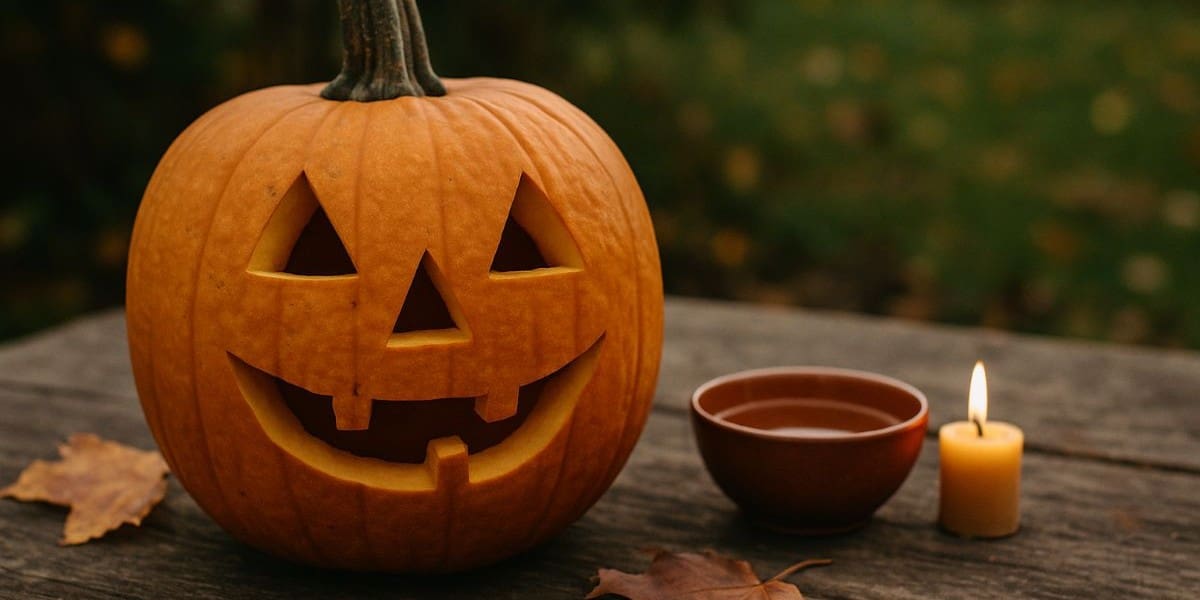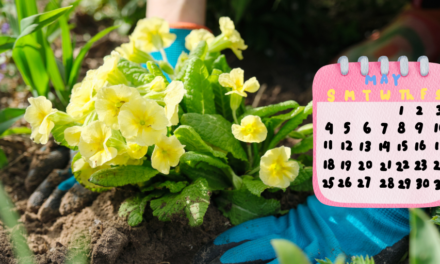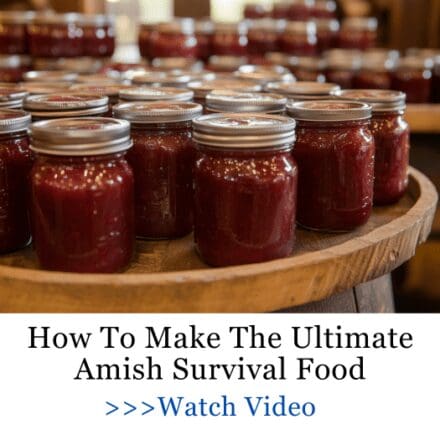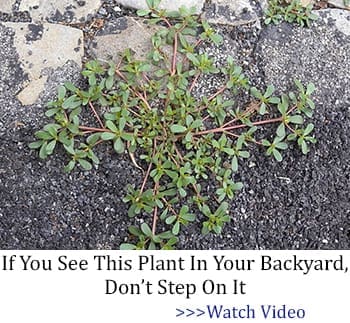When autumn arrives, pumpkins take center stage. Their rich orange color, earthy scent, and nostalgic charm have made them a symbol of harvest, protection, and celebration for generations. But anyone who has carved one knows the heartbreak of watching it wilt and rot within days. The good news is that you can keep your carved pumpkin fresh much longer, without relying on harsh chemicals or artificial preservatives.
Nature provides everything you need to slow decay and protect your handiwork. With a few natural ingredients and mindful care, your carved pumpkin can stay vibrant well past Halloween, glowing warmly through the cool nights of the season.
Why Pumpkins Rot So Quickly
Pumpkins are living fruit. Once carved, their protective skin is broken, exposing the soft inner flesh to air, moisture, and microbes. Bacteria and fungi are quick to take advantage of this, and soon the pumpkin begins to soften, mold, and collapse. Temperature swings, insects, and excess moisture can all speed up this process.
In nature, this rapid decay is useful. It returns nutrients to the soil. But when you’re trying to preserve a decorative or symbolic pumpkin, your goal is to slow that natural breakdown while keeping its organic beauty intact.
Understanding this balance is key: you’re not stopping nature, just guiding it.
Natural Methods to Preserve a Carved Pumpkin
1. Clean Thoroughly Before Carving
Dirt and invisible microbes on the skin accelerate spoilage. Wash the pumpkin with warm water and a mild vinegar solution (1 part vinegar to 10 parts water). This removes bacteria without introducing synthetic chemicals. Dry it completely before carving.
2. Avoid Over-Carving
The more you remove, the faster it decays. Choose clean, minimal designs that let the pumpkin breathe but retain structural integrity. Even small incisions create openings for mold, so carve with intention.
3. Use Natural Preservatives
After carving, apply a thin coat of one of these natural solutions to the exposed flesh:
- Beeswax: Melt and brush lightly over carved areas to create a moisture barrier.
- Coconut oil or olive oil: Rub gently into exposed surfaces to keep them from drying out.
- Vinegar and lemon juice spray: Inhibits mold and bacteria without leaving residue.
4. Hydrate Carefully
A daily mist of cool water helps prevent drying and shriveling, but don’t soak the pumpkin. If it begins to wilt, you can revive it by placing it face down in a bowl of cool water for a few hours, then drying thoroughly.
5. Keep It Cool and Shaded
Sunlight and indoor heating cause pumpkins to soften rapidly. Store your carved pumpkin in a cool, shaded outdoor space when possible. At night, you can refrigerate it if space allows—especially if it’s intended for a longer display.
How Long a Naturally Preserved Pumpkin Lasts
With these natural preservation methods, a carved pumpkin can last between 7 to 14 days, depending on temperature and humidity. Uncarved pumpkins, of course, can last for months under the same gentle care.
The goal isn’t to defy nature but to extend its beauty. Every day you preserve a carved pumpkin is a small success in understanding how nature responds when treated with respect.
The Old Ways of Pumpkin Preservation
Before synthetic sprays and commercial preservatives, homesteaders used saltwater, vinegar, and oil to preserve vegetables and fruits. These same simple tools can help keep a carved pumpkin fresh. Some even rubbed the inside with powdered cinnamon or clove—not just for fragrance but because these spices naturally resist bacteria and mold.
In rural communities, carved pumpkins weren’t just decoration. They symbolized the harvest’s spirit and were often placed on doorsteps to bless and protect the household. Preserving them wasn’t only about looks—it was a gesture of care and reverence for the season’s bounty.
Similar Natural Preservation Tips
| Method | Ingredient | Function | Duration |
| Vinegar rinse | White vinegar + water | Disinfects surface | 1 week |
| Beeswax coating | Melted beeswax | Seals moisture | 1–2 weeks |
| Essential oils | Clove or cinnamon oil | Antifungal & aromatic | 10 days |
| Salt rub | Fine sea salt | Draws out bacteria | 1 week |
Final Thoughts
Preserving a carved pumpkin naturally is a small act of patience and respect for nature’s rhythm. It connects us to a time when households worked with the land, not against it. When you clean, carve, and care for a pumpkin by hand, you’re practicing the same quiet wisdom our ancestors used to keep their harvests alive a little longer.
If you want to rediscover more natural preservation secrets and remedies like these—the kind that helped families thrive long before refrigeration or synthetic chemicals—take a look at The Forgotten Home Apothecary. Inside, you’ll find time-tested methods for keeping your food, your health, and your home in harmony with nature.
So the next time you carve a pumpkin, don’t just think of it as decoration. Think of it as a living gift from the earth—one that, with a bit of care, can remind you how beautiful sustainability really is.
5 Forgotten Soil-Revival Methods That Can Save Your Harvest
The SHTF Medicinal Garden You Should Have in Your Backyard (Video)
How Planting in Rows Could Destroy your Garden














